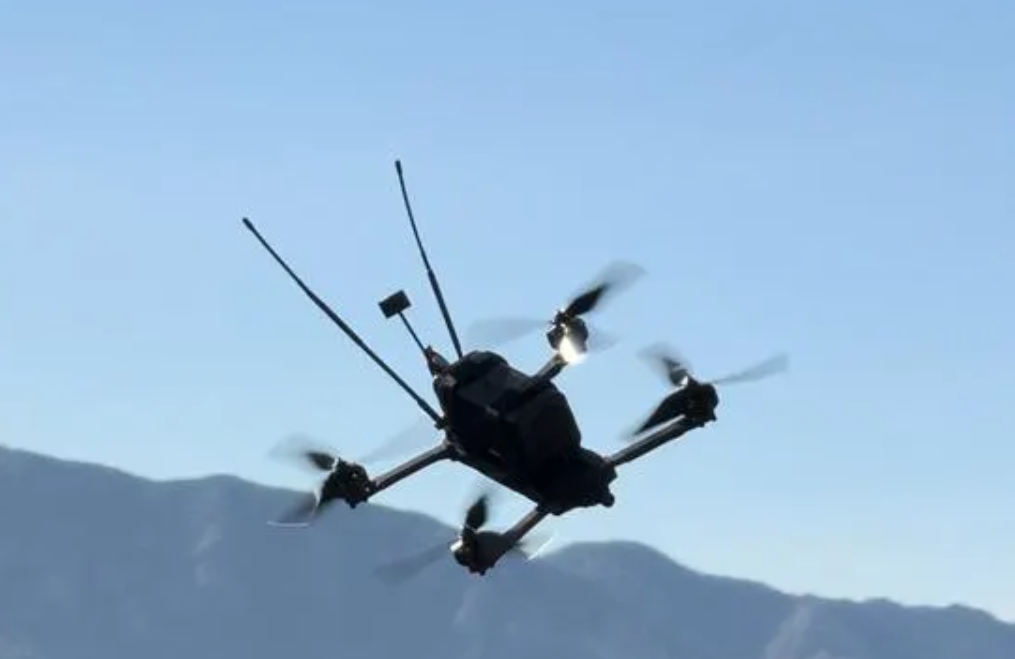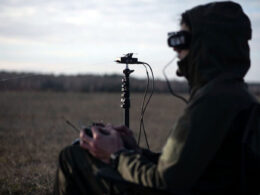On 14 April, Russian forces launched an FPV drone on the city of Zaporizhzhia and the surrounding region, according to the Regional State Emergency Service.
One drone struck the gas module of a civilian fueling station in Zaporizhzhia, sparking a fire that spread over 20 square meters.
Another attack targeted a multi-story residential building in Stepnohirsk. The blaze engulfed apartments on the first and third floors, with a total fire area of approximately 100 square meters, Militarnyi reports.
Local Telegram channels report this as the first recorded instance of FPV drone attacks on the city of Zaporizhzhia.
If confirmed, this attack suggests Russia has developed or acquired FPV drones with a range exceeding 30 kilometers, far beyond the typical 3–10 km range of standard FPV drones. This means Russian forces can now target cities and infrastructure much deeper behind Ukrainian lines than before and cause more casualties.
Due to the city's distance from the front line, experts suggest that an extended-range drone was likely used, possibly aided by a signal-relay drone to maintain communication between the operator and the FPV unit.
While the exact drone model remains unconfirmed, analysts believe it may have been a fixed-wing FPV drone rather than a quadcopter.
The deliberate targeting of civilians in frontline towns remains a systemic tactic of Russian forces. To counter these attacks, Ukrainian defense units have deployed specialized electronic warfare and reconnaissance systems above key urban areas.





